As global temperatures rise and heat waves become more frequent, birds face significant challenges in regulating their body temperature. Unlike mammals, birds don’t sweat, which makes them particularly vulnerable to overheating. Yet these remarkable creatures have evolved fascinating adaptations that allow them to thrive even in scorching conditions. From remarkable physiological mechanisms to clever behavioral strategies, birds employ a diverse toolkit to beat the heat. This article explores the ingenious ways our feathered friends stay cool when temperatures soar, highlighting the remarkable resilience of avian species in the face of extreme heat.
The Challenge of Heat Regulation in Birds

Birds face a unique thermoregulatory challenge because their normal body temperature runs significantly higher than that of mammals—typically between 104°F and 108°F (40-42°C). This elevated baseline temperature means they have less margin for safety before reaching dangerous levels of hyperthermia. Additionally, birds have high metabolic rates that generate internal heat, feather coverage that can trap warmth, and limited cooling mechanisms compared to mammals. Their small body size also means they can gain heat rapidly from the environment, especially smaller species with greater surface-area-to-volume ratios. These factors combine to make heat stress a potentially lethal threat, requiring birds to employ multiple sophisticated cooling strategies to survive extreme temperatures.
Gular Fluttering: Nature’s Air Conditioning

One of the most visible cooling mechanisms birds employ is gular fluttering, a rapid vibration of the throat muscles and upper esophagus that enhances evaporative cooling. This behavior is particularly common in nightjars, cormorants, owls, and doves during periods of heat stress. By rapidly fluttering the thin, well-vascularized skin of their throat pouch, birds effectively increase the surface area exposed to air, accelerating evaporation and dissipating body heat. The rapid movement—sometimes as fast as 10 vibrations per second—drives air across moist surfaces of the mouth and throat, creating an effect similar to sweating in mammals. Remarkably, this technique allows some species to maintain body temperatures several degrees below ambient air temperature even in extreme heat.
Panting: The Bird’s Cooling Breath
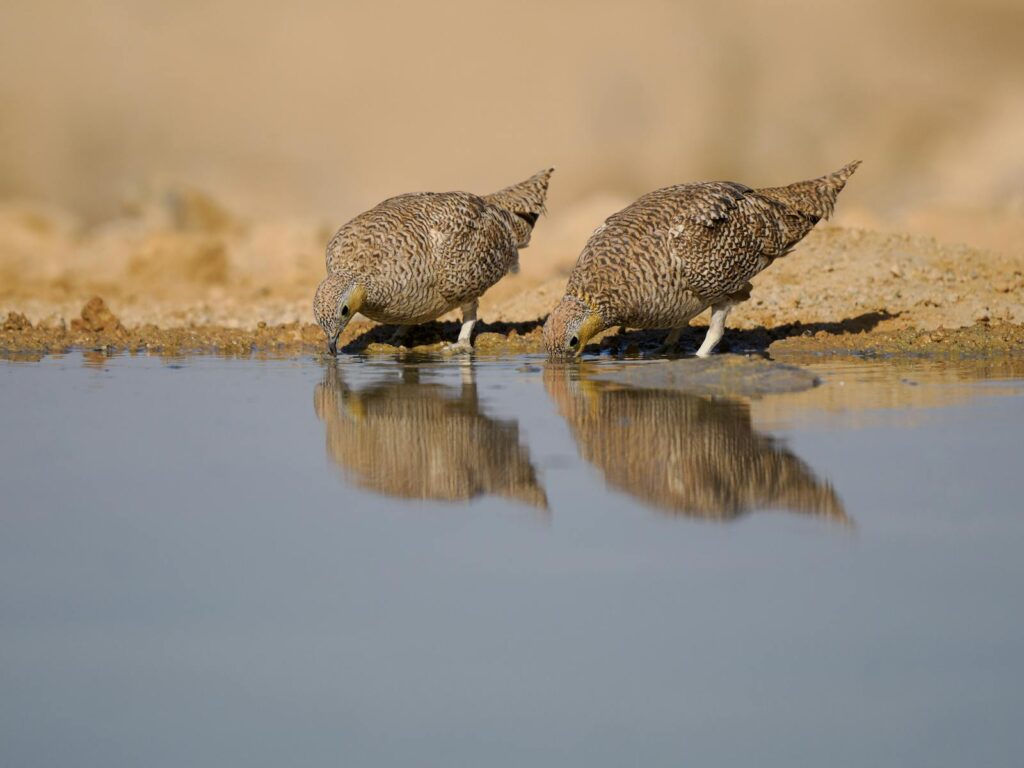
Panting serves as a primary cooling mechanism for many bird species, functioning through evaporative cooling in the respiratory tract. When birds pant, they breathe rapidly with their mouths open, moving air across moist surfaces in their mouth and respiratory system. This process accelerates evaporation, effectively transferring heat from the body to the environment. Unlike mammalian panting, birds employ a unique adaptation called “resonant breathing” that minimizes the muscular effort and energy expenditure while maximizing cooling efficiency. However, panting comes with a cost—it can lead to respiratory alkalosis by reducing carbon dioxide levels in the blood and may cause significant water loss, making it a short-term solution that must be balanced with rehydration. Desert-dwelling species have evolved particularly efficient panting mechanisms that minimize water loss while maximizing cooling benefits.
Wing-Spreading and Sunbathing Postures

Birds frequently adopt distinctive postures to manage body temperature, with wing-spreading being one of the most recognizable thermoregulatory behaviors. Though often associated with drying wet feathers, wing-spreading also serves a crucial cooling function by increasing surface area for heat dissipation and allowing airflow to reach normally covered skin surfaces. Species like vultures, anhingas, and cormorants are often observed holding their wings outstretched in hot weather, effectively creating shade for their bodies while exposing blood vessels in their wing membranes to cooling air currents. Some birds combine wing-spreading with erecting their feathers to maximize ventilation to the skin, while others adopt a hunched posture with wings slightly extended and bill open—a comprehensive cooling position. Interestingly, these same postures may be used for warming in cooler temperatures, highlighting the dual-purpose nature of this adaptive behavior.
Seeking Shade and Microhabitats
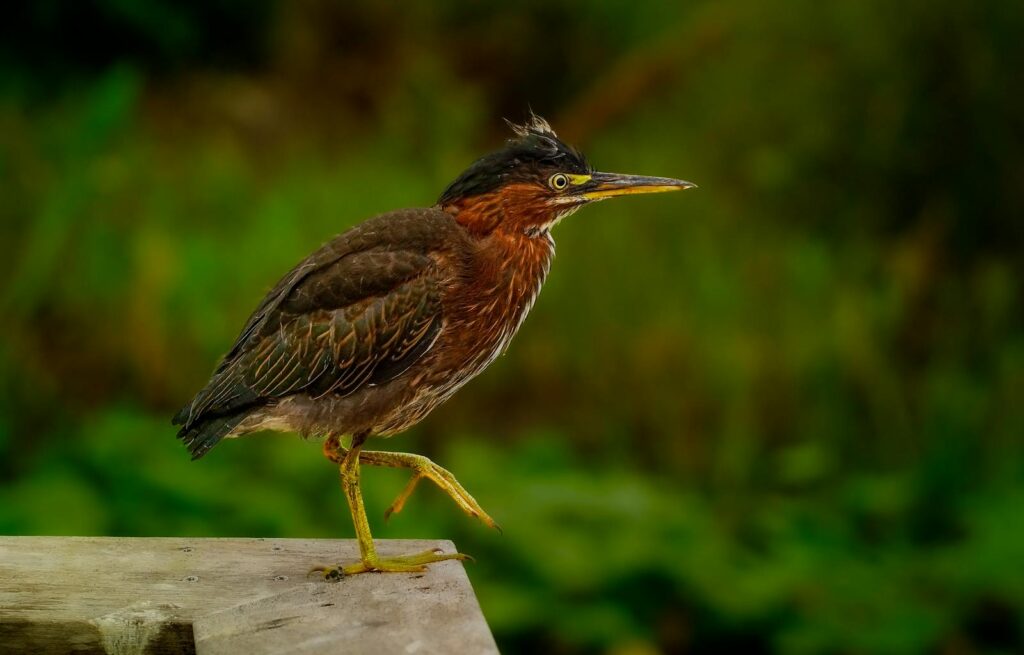
Birds display remarkable environmental awareness when temperatures rise, actively seeking out cooler microhabitats within their environment. Many species relocate to densely vegetated areas where ambient temperatures can be several degrees lower than exposed locations, taking advantage of the natural air conditioning provided by plant transpiration. Desert specialists like the Verdin build specialized shaded roosting nests specifically for heat relief, while cavity-nesting species retreat to tree hollows where temperatures remain relatively stable. Water-adjacent birds often move to shorelines where evaporative cooling creates more comfortable conditions. Research has shown that birds don’t select resting locations randomly but instead make sophisticated choices based on multiple environmental factors including temperature, shade availability, and wind exposure, sometimes traveling considerable distances to reach these thermal refuges during the hottest parts of the day.
Adjusting Daily Activity Patterns
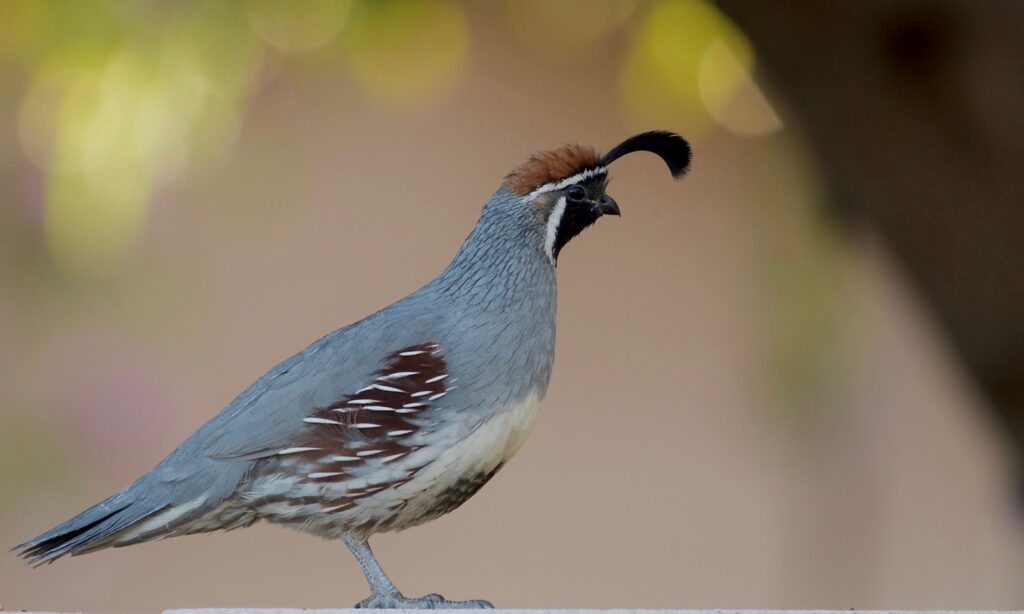
Birds demonstrate remarkable behavioral flexibility by adjusting their activity schedules during extreme heat events. Most species shift to crepuscular patterns—becoming active during cooler dawn and dusk hours while remaining relatively inactive during the midday heat. Desert specialists like Gambel’s Quail begin foraging at first light and retreat to shaded areas by mid-morning, resuming activity only after temperatures begin to fall in late afternoon. Nocturnal behavior increases across many species during heatwaves, with even typically diurnal birds sometimes feeding after dark when temperatures have decreased significantly. These temporal shifts represent a critical energy conservation strategy, allowing birds to avoid the metabolic costs of cooling during peak heat while still meeting their nutritional needs. Long-term studies suggest that climate change is driving permanent shifts in daily activity rhythms across numerous bird populations, highlighting the importance of this behavioral adaptation.
Bathing and Water-Related Cooling Behaviors
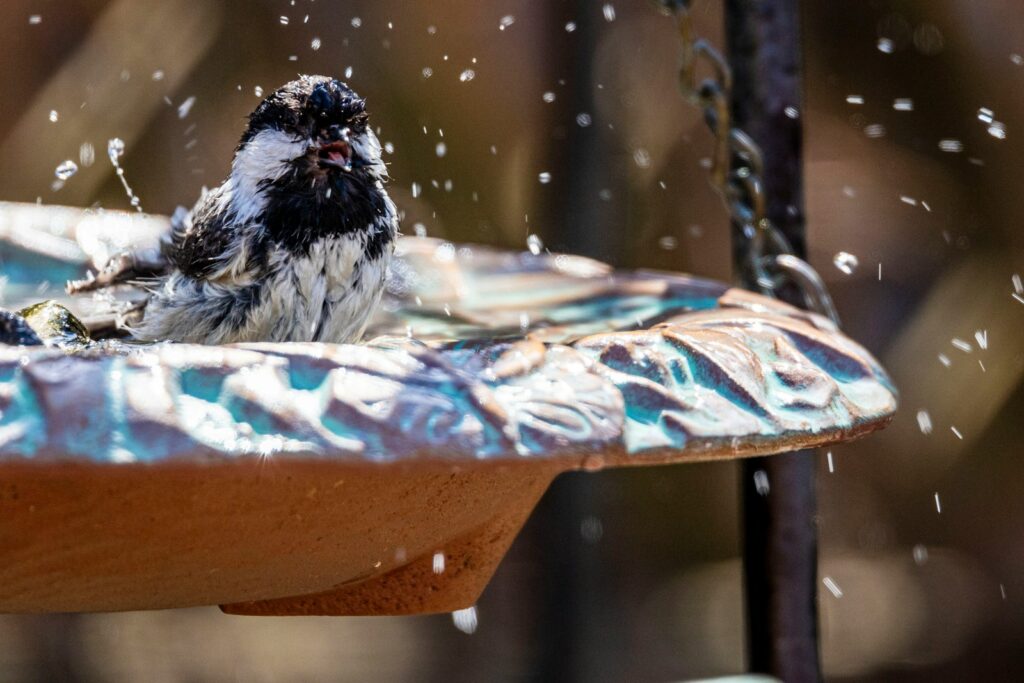
Water plays a crucial role in avian thermoregulation, with birds employing various aquatic behaviors specifically for cooling purposes. Beyond typical bathing, many species practice “belly-soaking,” where they deliberately wet their ventral feathers and abdominal region to carry water back to nests or perches. This behavior is particularly common in sandgrouse, doves, and some raptors, creating extended cooling through evaporation. During extreme heat events, normally water-averse species may stand in shallow water to cool their unfeathered legs and feet, which serve as efficient thermal windows due to their extensive blood supply. Some remarkable adaptations include the behavior of sandgrouse males, who can absorb up to 20 milliliters of water in specialized breast feathers to transport to distant nestlings, providing both hydration and cooling. Even in arid environments, birds will seek out the smallest water sources—from dewdrops to irrigation systems—highlighting water’s critical importance in thermal regulation.
Specialized Blood Flow Adaptations
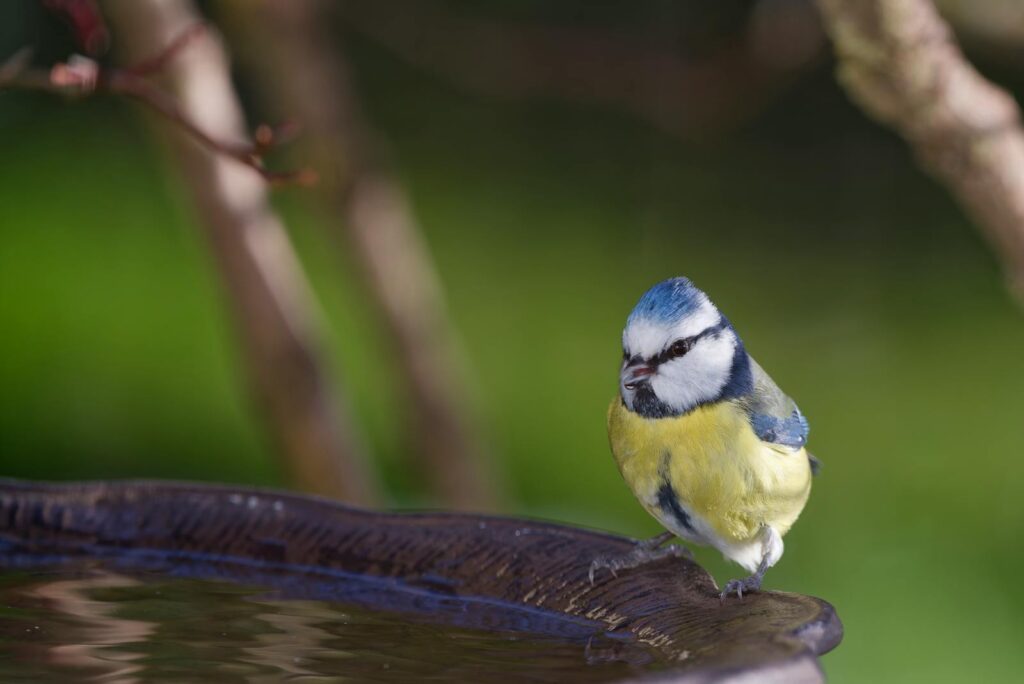
Birds possess sophisticated vascular adaptations that enhance their cooling efficiency during heat stress. Many species can selectively increase blood flow to unfeathered areas like legs, feet, and bills, which function as natural radiators for excess body heat. This process, known as peripheral vasodilation, directs blood through surface tissues where heat can easily transfer to the environment. The effect is particularly pronounced in species with large bills, such as toucans and hornbills, whose bills contain extensive networks of blood vessels that can dissipate up to 60% of their body heat when temperatures rise. Some birds employ countercurrent heat exchange systems that help maintain core body temperature while cooling peripheral tissues. Remarkably, certain species can even selectively cool their brains below body temperature during extreme heat events, protecting this vital organ from thermal damage while allowing other body parts to experience higher temperatures.
Feather Adjustments and Insulation Control
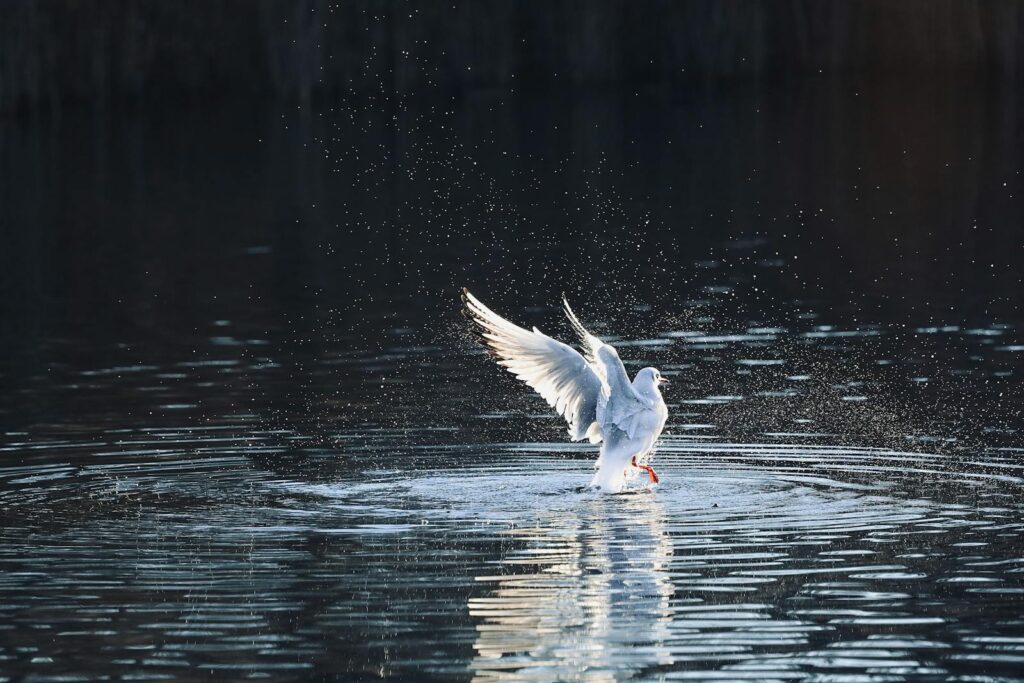
Contrary to intuition, feathers play a vital role in helping birds stay cool, with sophisticated control over their position being a key cooling mechanism. By raising or fluffing their feathers, birds can precisely regulate the insulating air layer trapped against their skin, effectively creating an adjustable thermal barrier. During heat stress, many species erect their contour feathers while compressing their down feathers, creating ventilation channels that allow cooling air to reach the skin while maintaining some protection from direct solar radiation. Areas with specialized heat-dissipating patches, such as the apteria (featherless zones), become more exposed through these adjustments. Desert specialists often have evolved feather structures that maximize both the reflection of solar radiation and the ventilation potential. Some species, particularly ground-dwellers in hot environments, display countershading with lighter belly feathers that reflect heat radiated from the ground, demonstrating how feather adaptations address multiple thermal challenges simultaneously.
Respiratory Adaptations and Efficient Breathing
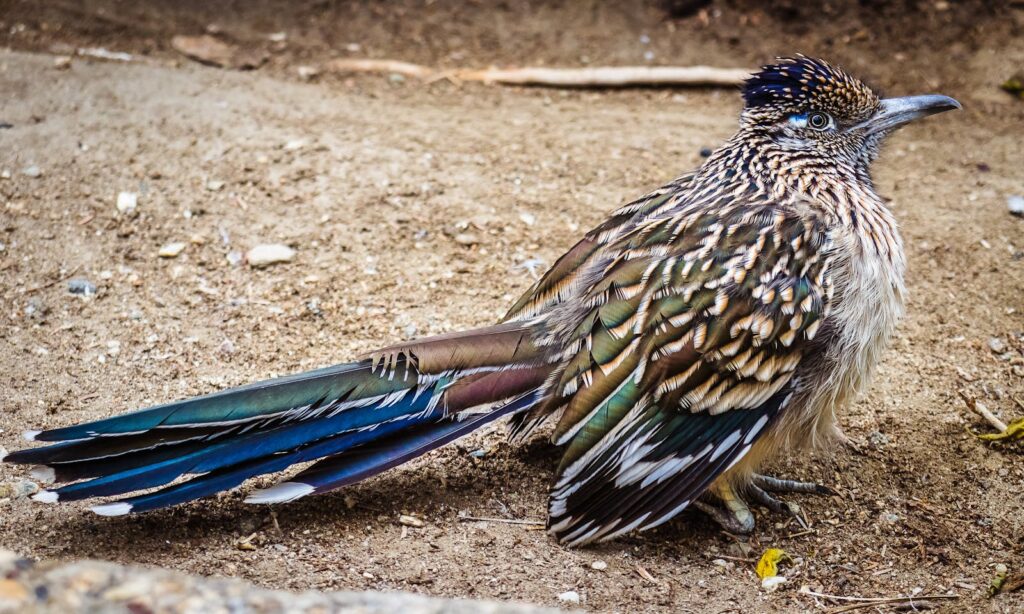
Birds possess a respiratory system fundamentally different from mammals, with adaptations that inadvertently enhance their cooling capacity. Their unique unidirectional airflow system, featuring air sacs that extend into hollow bones (pneumatic bones), creates a larger internal surface area for heat exchange than the mammalian bidirectional system. When temperatures rise, birds can increase respiratory efficiency by taking advantage of this extensive internal surface area for evaporative cooling. The air sac system allows for greater oxygen extraction with each breath while simultaneously dissipating more heat, particularly beneficial during heat stress when respiratory rates increase. Desert species often show enlarged respiratory surfaces and specialized nasal structures that pre-cool inhaled air before it reaches the lungs. Additionally, many birds can selectively bypass normal respiratory pathways during thermal stress, redirecting airflow to maximize cooling while minimizing water and energy expenditure—a sophisticated adaptation critical for survival in arid, hot environments.
Behavioral Thermoregulation in Nestlings
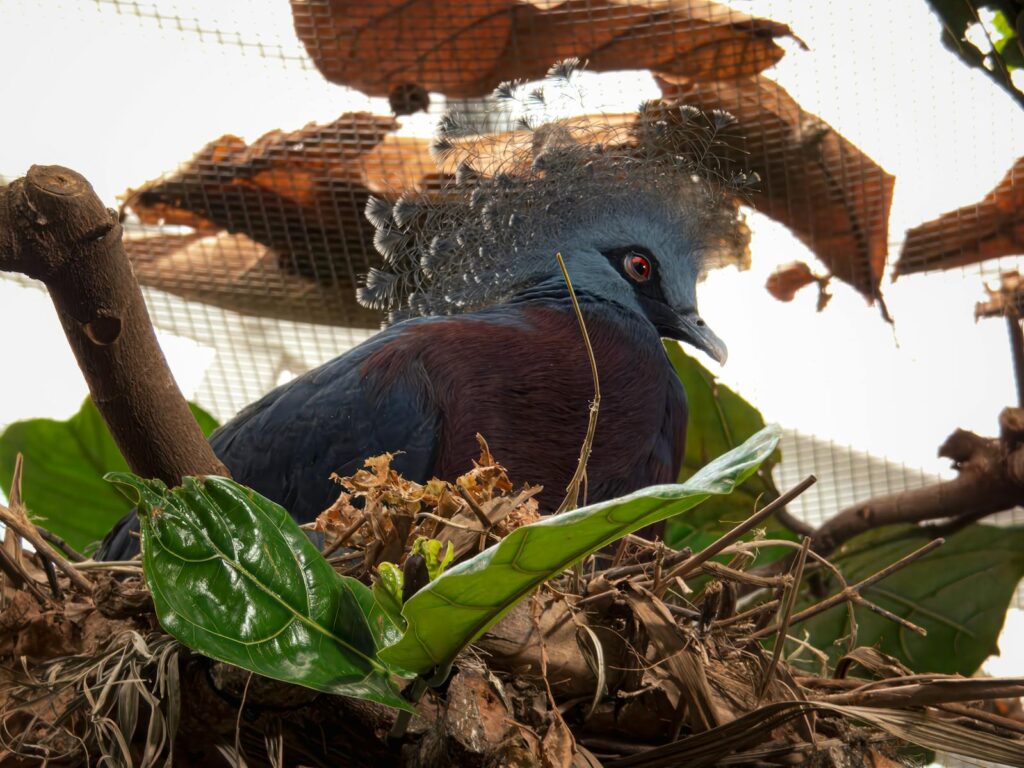
Young birds face particular challenges during heat events, as they often lack the developed thermoregulatory capabilities of adults while being confined to potentially hot nest environments. Parent birds employ numerous strategies to protect their offspring from heat stress, including increasing shading behavior during peak temperatures by standing over nestlings with wings slightly spread to create living umbrellas. Many species construct nests with specific thermal properties—orienting entrance holes away from the afternoon sun, selecting naturally insulated locations, or incorporating materials with cooling properties. In extreme heat, parents may transport water to nestlings not just for drinking but also for evaporative cooling, sometimes deliberately wetting nestlings’ exposed skin. Researchers have observed remarkable synchronized behavior in some colonial species, where non-breeding adults may assist in cooling duties during dangerous heat events, demonstrating community responses to thermal challenges. These adaptations highlight how avian parental care extends beyond feeding to sophisticated environmental management for offspring survival.
Mitigation Through Hyperthermia
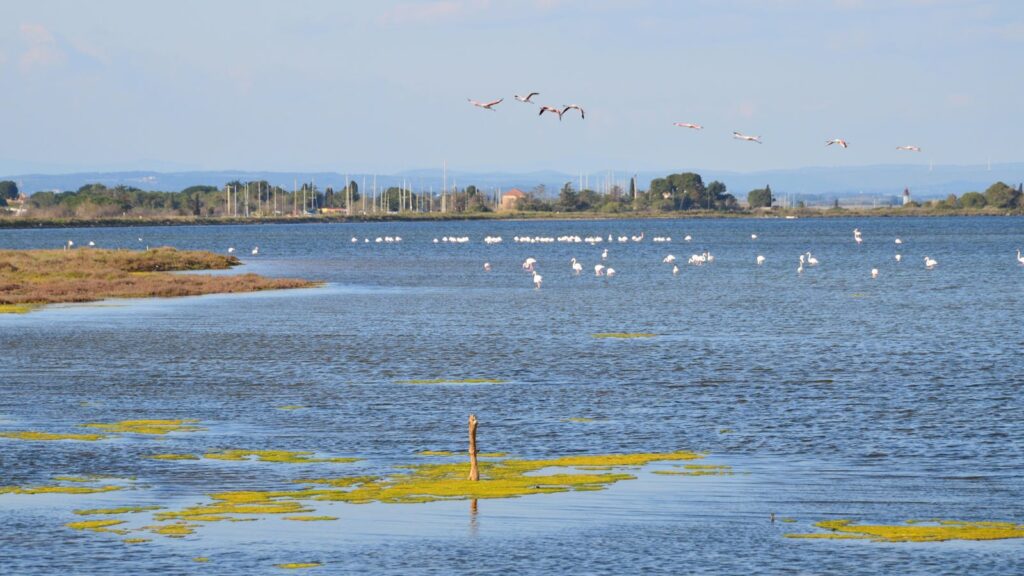
Some bird species employ a counterintuitive strategy called “adaptive hyperthermia,” allowing their body temperature to temporarily rise beyond normal ranges during extreme heat. This controlled hyperthermia reduces the temperature gradient between the bird’s body and the environment, decreasing the rate of environmental heat gain and conserving water that would otherwise be used for evaporative cooling. Desert specialists like poor-wills and nighthawks can tolerate body temperatures up to 113°F (45°C) for limited periods—temperatures that would be lethal to many other vertebrates. This adaptation is particularly valuable in water-limited environments where evaporative cooling mechanisms quickly deplete critical hydration reserves. Scientists have documented that birds employing adaptive hyperthermia adjust their behavior accordingly, reducing activity levels and metabolic rate to minimize internal heat production while in this state. The physiological mechanisms allowing this tolerance—including heat shock proteins and cell membrane adaptations—represent some of the most extreme thermal adaptations in the avian world.
Climate Change and the Future of Avian Cooling
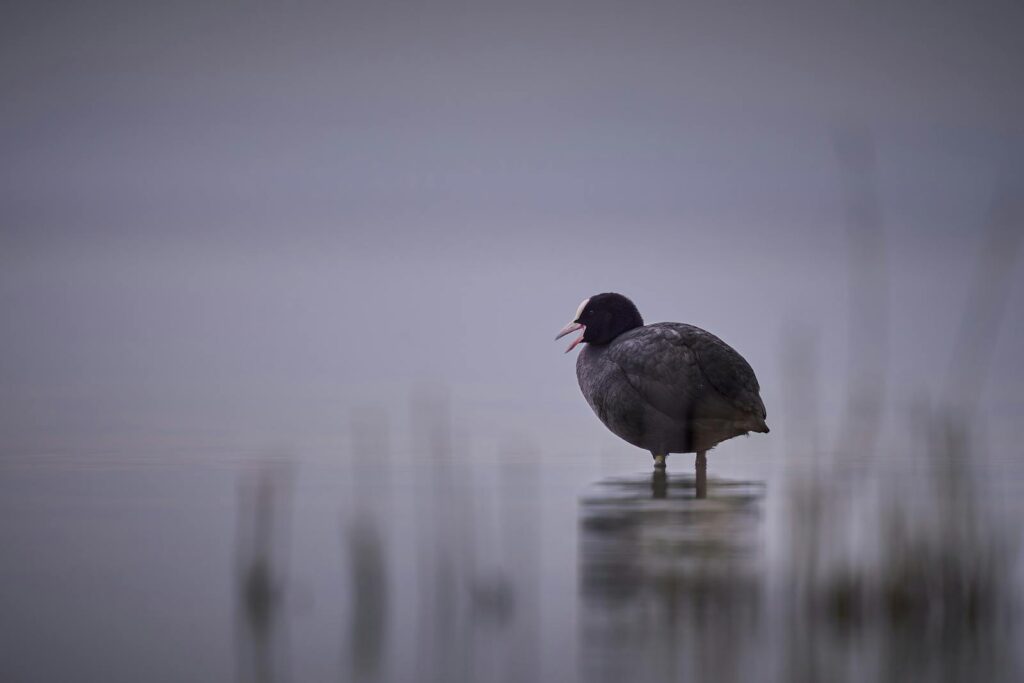
As global temperatures rise and extreme heat events become more frequent, birds face unprecedented thermoregulatory challenges that test the limits of their adaptive capabilities. Research indicates that many species are already shifting their geographic ranges poleward or to higher elevations in response to warming trends, though not all species can relocate quickly enough to escape changing conditions. Heat-related mass mortality events in bird populations are becoming more common, with particularly devastating impacts on colonial nesting species when adults abandon nests during extreme temperatures. While some birds show remarkable phenotypic plasticity—adjusting behavior and physiology within their lifetimes—there are likely physiological limits to adaptation that may be exceeded under worst-case climate scenarios. Conservation strategies increasingly focus on preserving thermal refugia with diverse microhabitats and reliable water sources that can serve as critical survival zones during heat extremes. The future resilience of bird populations may ultimately depend on the complex interplay between their evolved cooling mechanisms, behavioral adaptability, and the rate and magnitude of ongoing climate change.
Conclusion
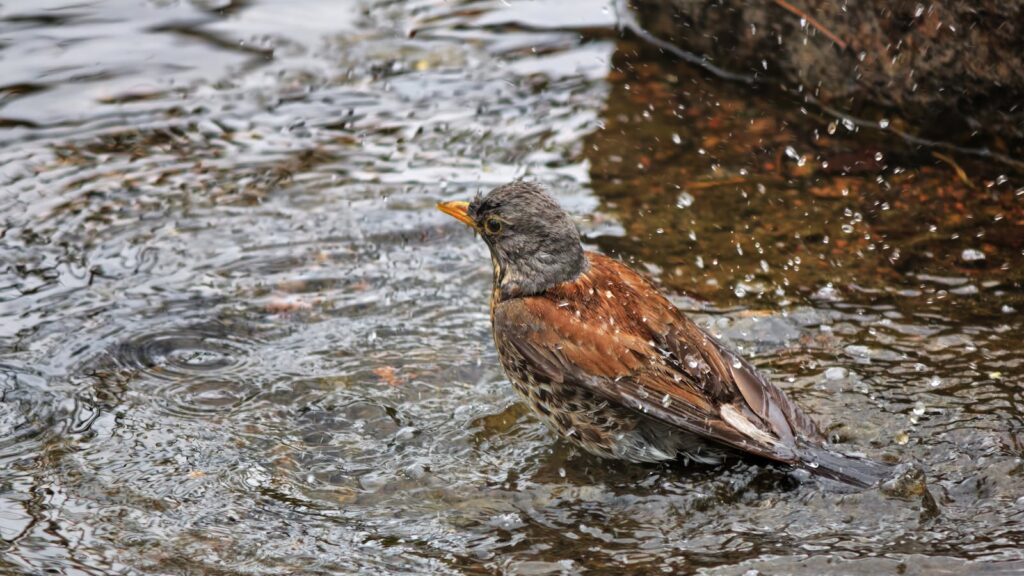
Birds have evolved a remarkable array of adaptations to cope with extreme heat, from specialized respiratory systems to sophisticated behavioral strategies. These cooling mechanisms demonstrate the incredible resilience and adaptability of avian species in the face of thermal challenges. As climate change intensifies heat-related stresses on bird populations worldwide, understanding these adaptive responses becomes increasingly important for conservation efforts. By appreciating the ingenious ways birds beat the heat, we gain not only scientific insights but also a deeper appreciation for the remarkable evolutionary solutions these feathered survivors have developed. Their continuing adaptation to our warming world will depend on both their natural resilience and our commitment to preserving the habitats and resources they need to deploy their impressive array of cooling strategies.
